In an industry where trends change faster than opening credits, one filmmaker has not only stayed ahead of the curve, but redefined it entirely.
S.S. Rajamouli, once known primarily in Telugu cinema circles, is now a name whispered in the corridors of Hollywood, Netflix boardrooms, and even Oscar stages.
From Magadheera (2009) to Baahubali (2015–17) to RRR (2022), Rajamouli's growth has been nothing short of cinematic.
But how did a regional director from Andhra Pradesh become India’s most recognized filmmaker globally?
Let’s trace the evolution of Rajamouli—from ambitious storyteller to global icon.
🎯 Phase 1: The Foundation – Mastering Mass Entertainment (2001–2008)
Rajamouli didn’t begin with giant budgets or fantasy epics. His early work focused on mass entertainers with powerful emotional hooks.
Key Films:
Student No.1 (2001) – His debut film with Jr. NTR was a commercial success and established his command over character-driven drama.
Simhadri (2003) – Elevated action storytelling in Tollywood with raw intensity and unforgettable heroism.
Sye (2004) – A rugby-based film that blended sports and revenge, showcasing Rajamouli's willingness to experiment.
These films proved one thing:
🎥 He understood the pulse of the masses.
Rajamouli had a gift for taking basic plots and infusing them with larger-than-life emotions, unbreakable heroes, and crowd-pleasing payoffs.
🛡️ Phase 2: Magadheera – The Leap into Myth and Fantasy (2009)
While earlier films hinted at ambition, Magadheera was a cinematic turning point.
What Made It Special?
A reincarnation love story spanning 400 years
Lavish sets and pioneering VFX for its time
Mega-hit soundtrack and stylised action
With Ram Charan in the lead, Magadheera became one of the highest-grossing Telugu films at the time and raised the bar for regional cinema.
But more importantly, it showed that Indian historical fantasy could work, both emotionally and commercially.
This was the seed that would later grow into Baahubali.
🧪 Phase 3: Experimentation and World-Building (2010–2012)
Rather than stick to a winning formula, Rajamouli doubled down on risk.
Key Films:
Maryada Ramanna (2010) – A small-budget comedy-drama with no action heroics. It was a hit.
Eega (2012) – A revenge story where the protagonist is reincarnated… as a fly.
A fly.
Only Rajamouli could make a film in which an animated insect is the hero, funny, touching, and thrilling.
Eega was critically acclaimed and a festival favourite, showing that Rajamouli wasn’t just a blockbuster director but a creative storyteller with global potential.
🏰 Phase 4: Baahubali – Building India’s First Cinematic Universe (2015–2017)
If Magadheera was a leap, Baahubali was a moon landing.
Split into two parts:
Baahubali: The Beginning (2015)
Baahubali 2: The Conclusion (2017)
This saga told the story of a kingdom, betrayal, revenge, and legacy—wrapped in mythology, stunning visuals, and unforgettable characters.
Achievements:
Grossed over ₹1800 crore globally
Dubbed into multiple languages, including Chinese and Japanese
Inspired a Netflix animated series, toys, comics, and academic essays
Put Telugu cinema on the global map
Rajamouli spent five years on Baahubali and changed the Indian film industry forever.
He didn’t just make a film.
He built a cinematic universe before it became trendy.
🌍 Phase 5: RRR – The Global Breakthrough (2022)
If Baahubali made him a national hero, RRR made him a global icon.
This Telugu-language historical fantasy featuring Ram Charan and N.T. Rama Rao Jr. told the fictional story of two real-life revolutionaries, using:
Explosive action
Emotional depth
A universally understood friendship arc
And of course, “Naatu Naatu”
Global Recognition:
Oscar Winner (Best Original Song – “Naatu Naatu”)
Praised by James Cameron, J.J. Abrams, and The New York Times
Became a sensation on Netflix globally, especially in the U.S.
Screened at Golden Globes, BAFTA, and TIFF
🎥 RRR didn’t try to be western. It was proudly Indian—and the world loved it for that.
This was Rajamouli’s final transformation:
From India’s top director to a global filmmaking force.
🧠 What Makes Rajamouli Different?
1. Original Storytelling
He rarely adapts books or other films. His narratives are homegrown, often co-written with his father, K.V. Vijayendra Prasad.
2. Technical Bravery
He constantly pushes VFX, action design, and sound to new levels—without compromising on story.
3. Mass + Class Appeal
From rural single screens to Netflix critics, his films speak to everyone.
4. Cultural Pride
Rajamouli never dilutes his storytelling for foreign audiences. Instead, he doubles down on Indian-ness, and that authenticity is what resonates.
🔮 What’s Next for Rajamouli?
He’s already announced a globally scaled film with superstar Mahesh Babu, rumoured to be an Indiana Jones-style action adventure.
And Hollywood is watching. Studios want to collaborate. Film schools want to study him.
Rajamouli has proven that you don’t need to go West to be global.
You can stay rooted—and rise.
✅ Final Thoughts: From Local Legend to Global Architect
From Student No.1 to RRR, S.S. Rajamouli’s journey is not just cinematic—it’s visionary.
He didn’t follow trends.
He created new ones.
He didn’t wait for validation.
He earned global respect on his own terms.
In a divided industry of art vs. commercial, East vs. West, mass vs. niche, Rajamouli unites it all through pure storytelling power.
He is not just the pride of Telugu cinema.
He is India’s gift to global cinema.
📌 Related Reads:
“RRR vs Baahubali: What’s the Bigger Cultural Moment?”


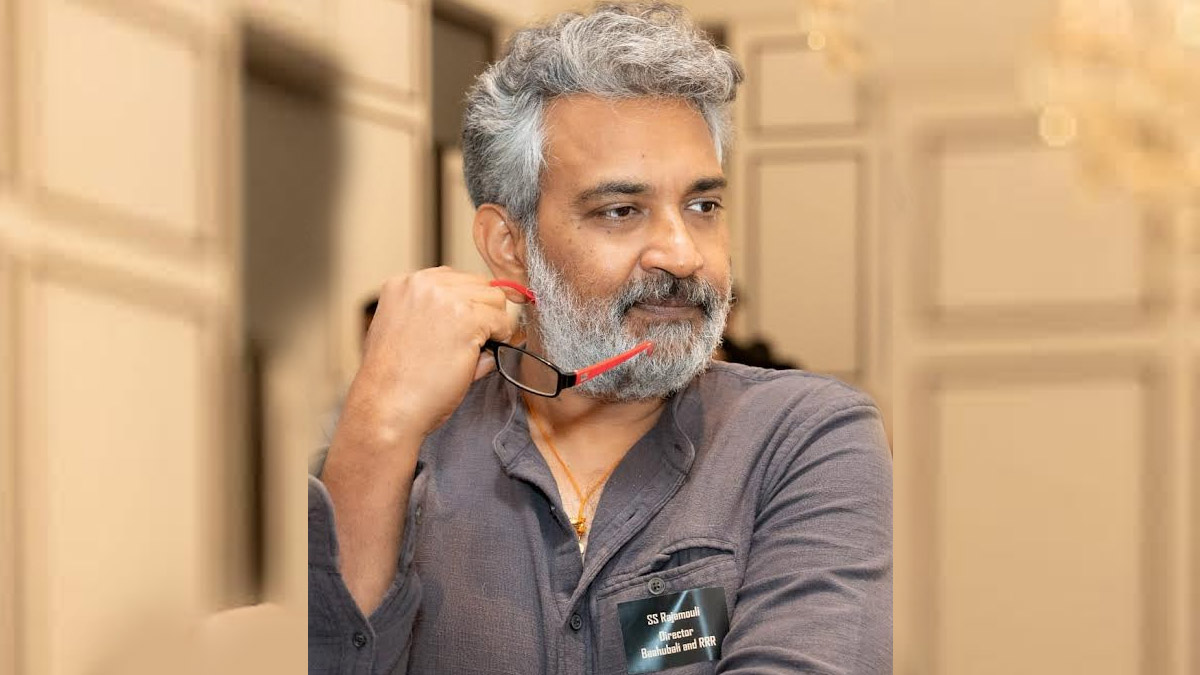
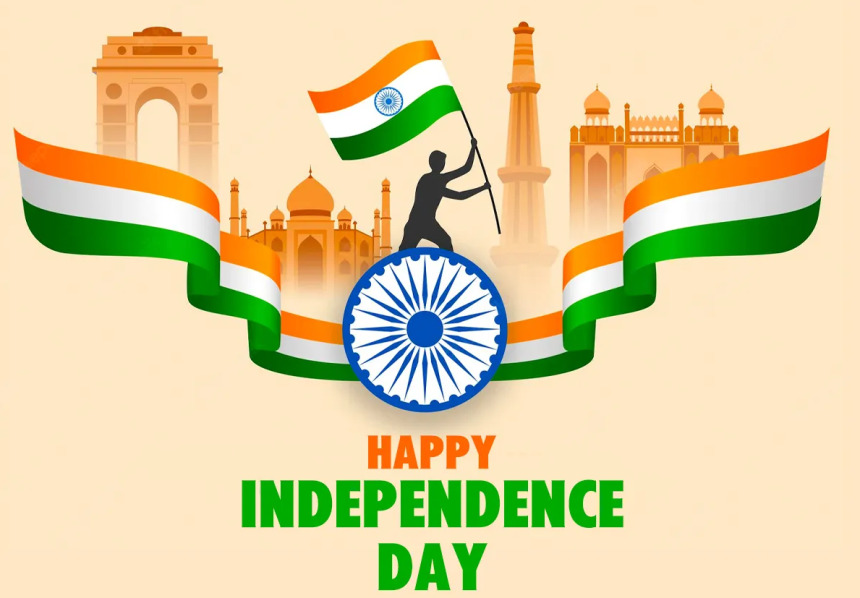

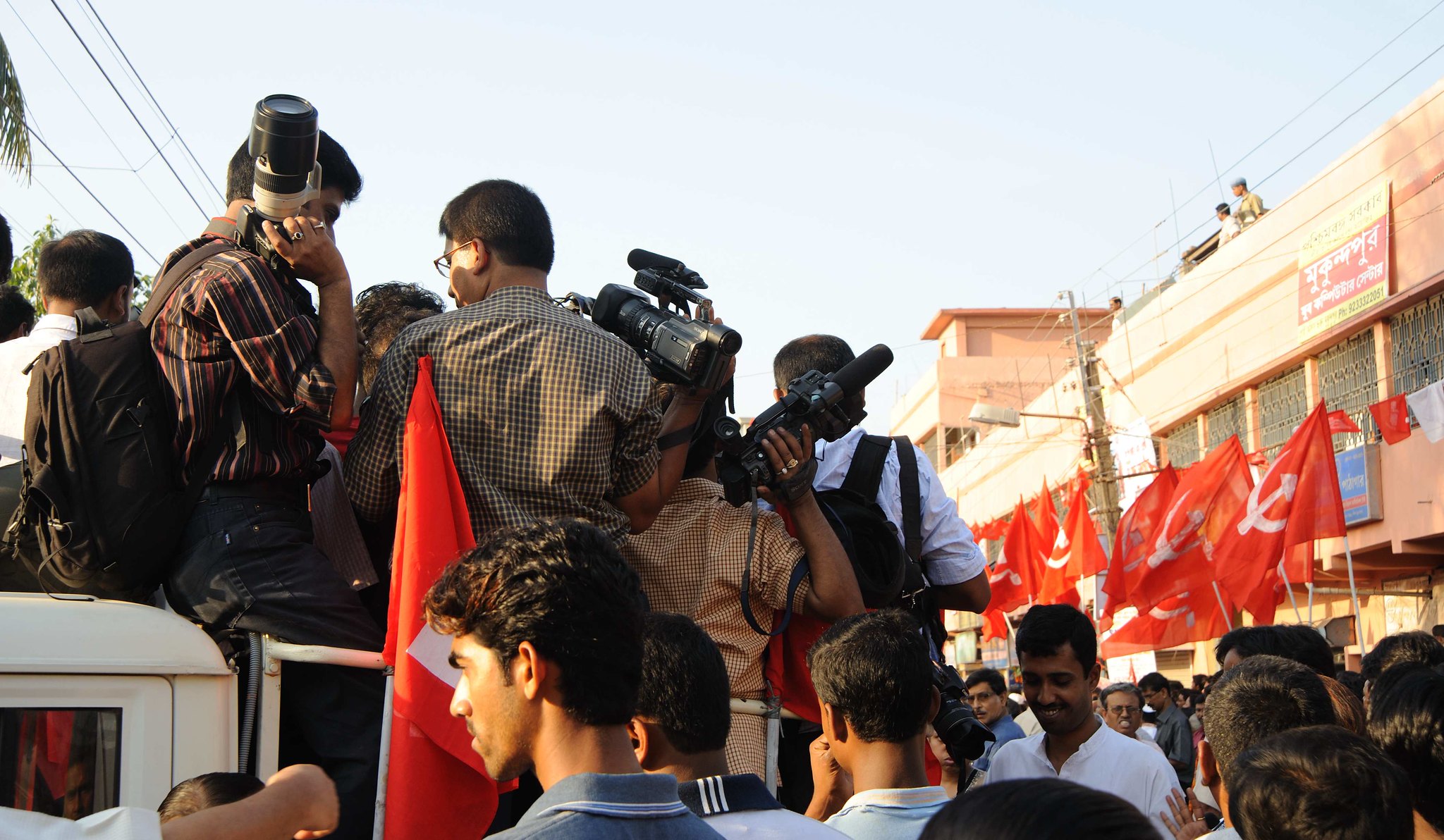




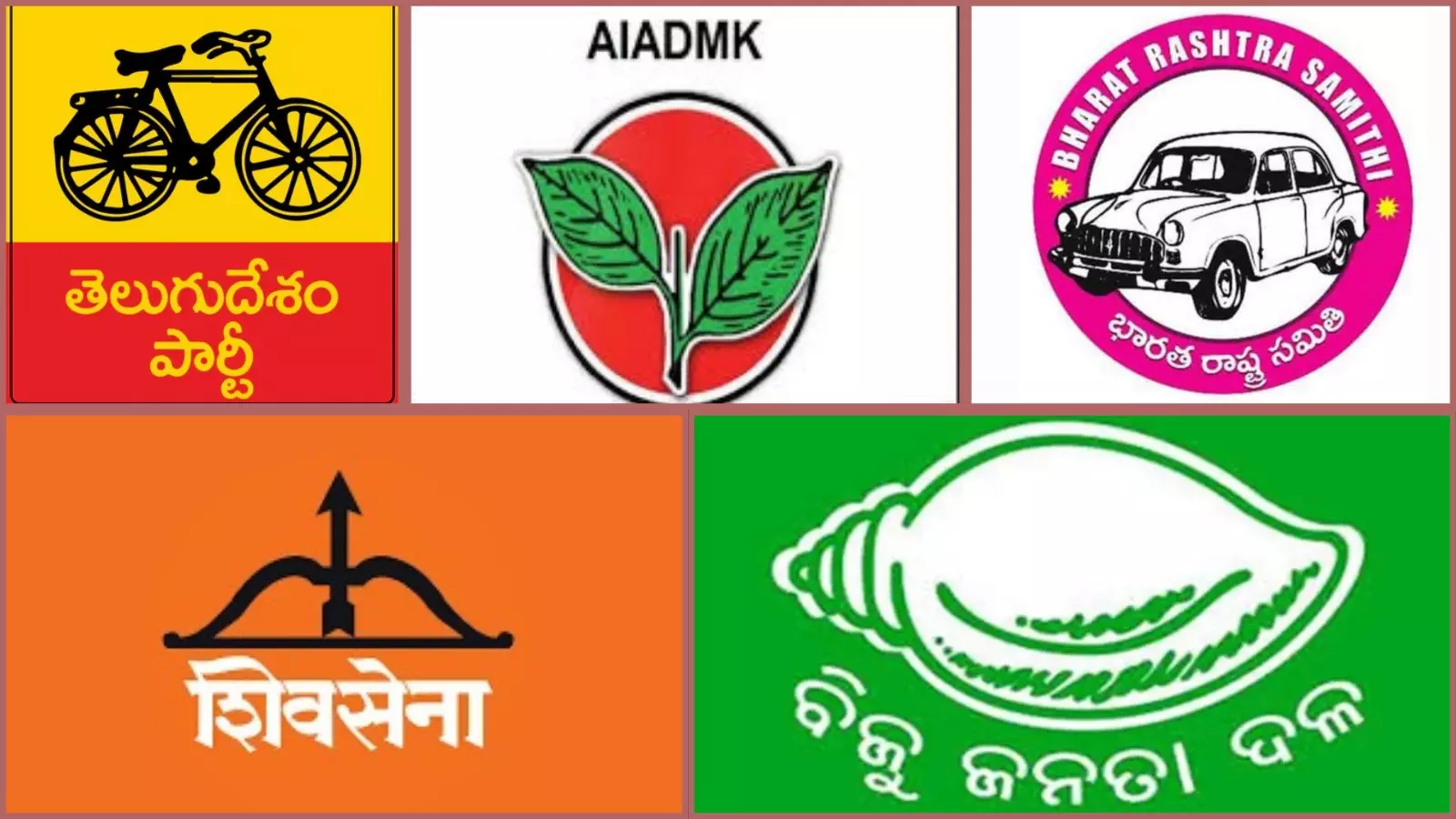

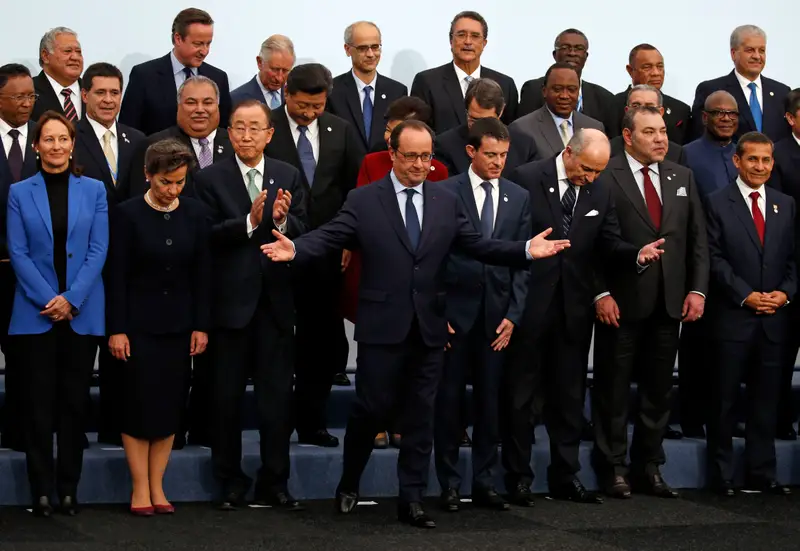
Recent Comments
No comments yet.